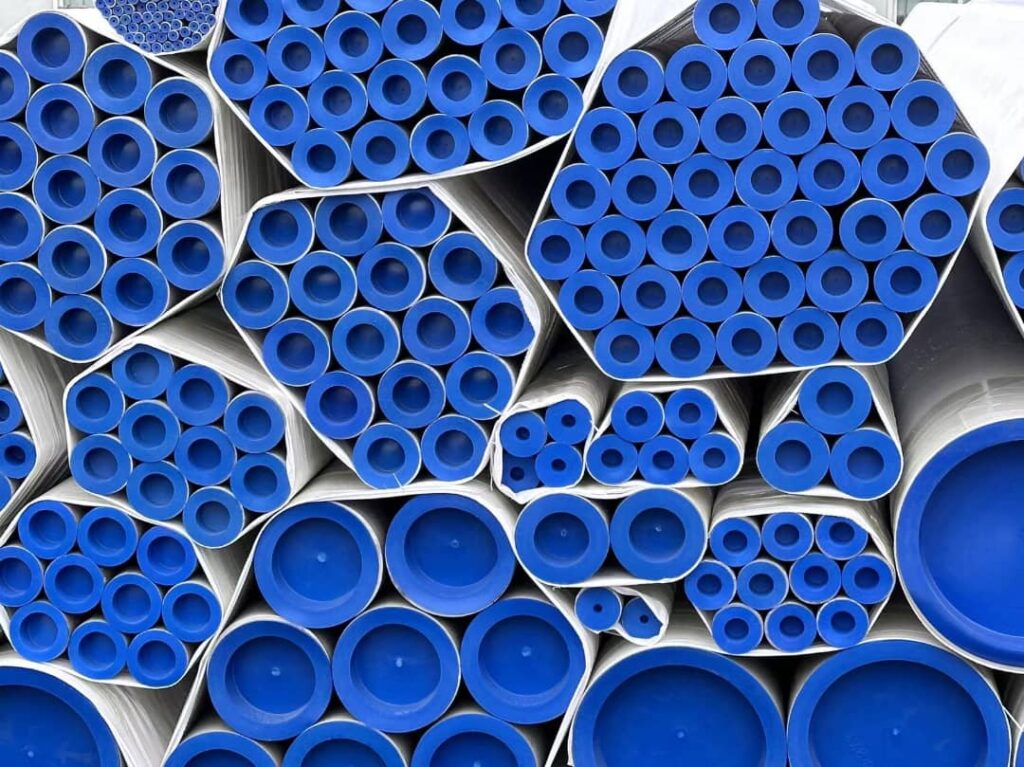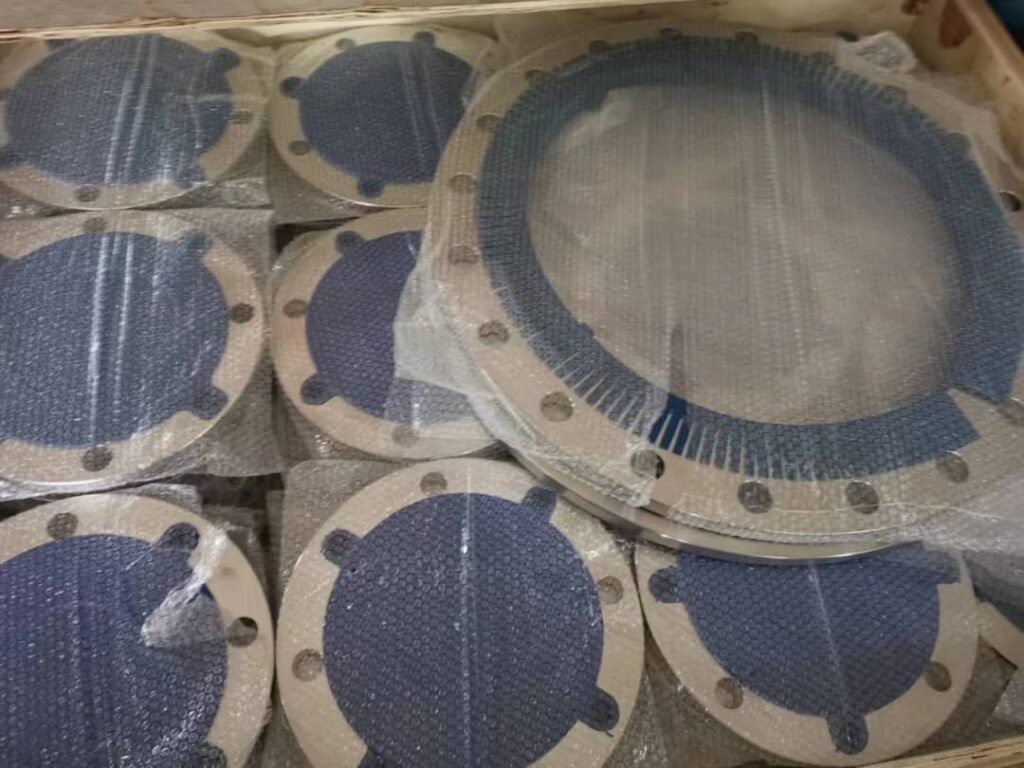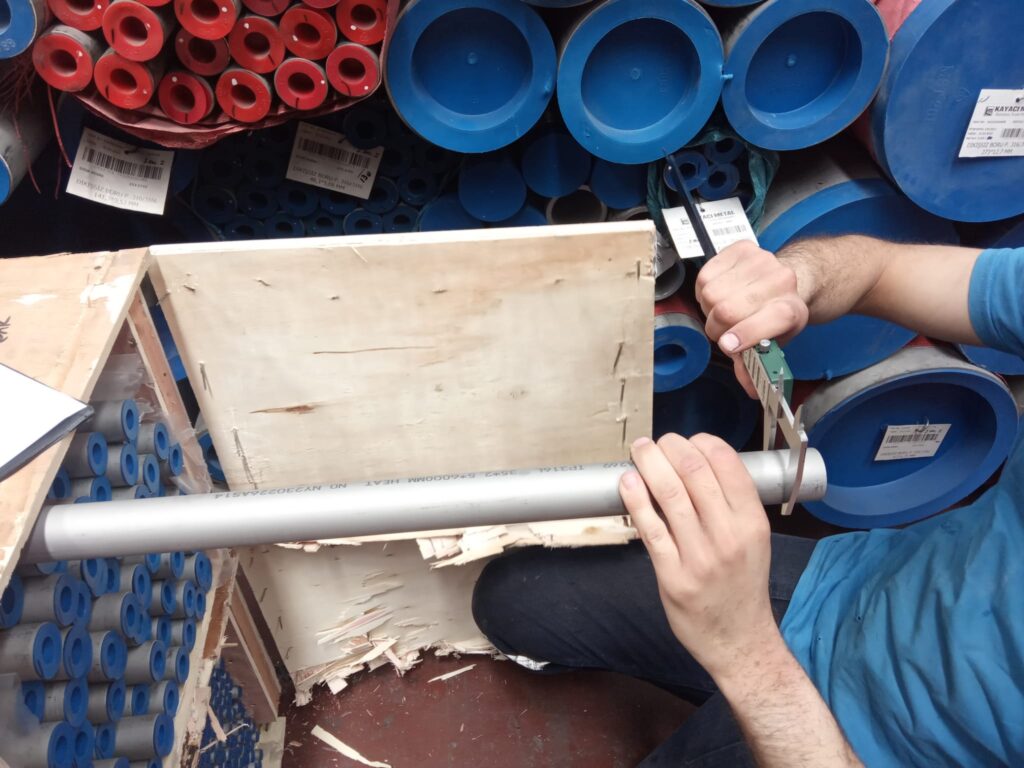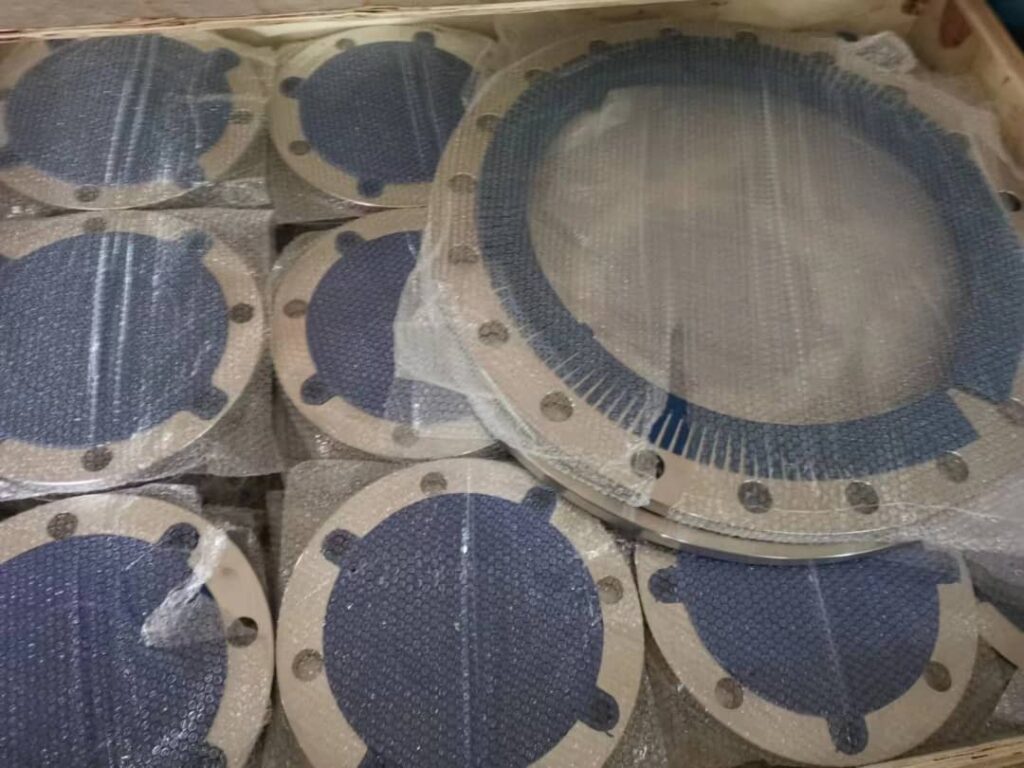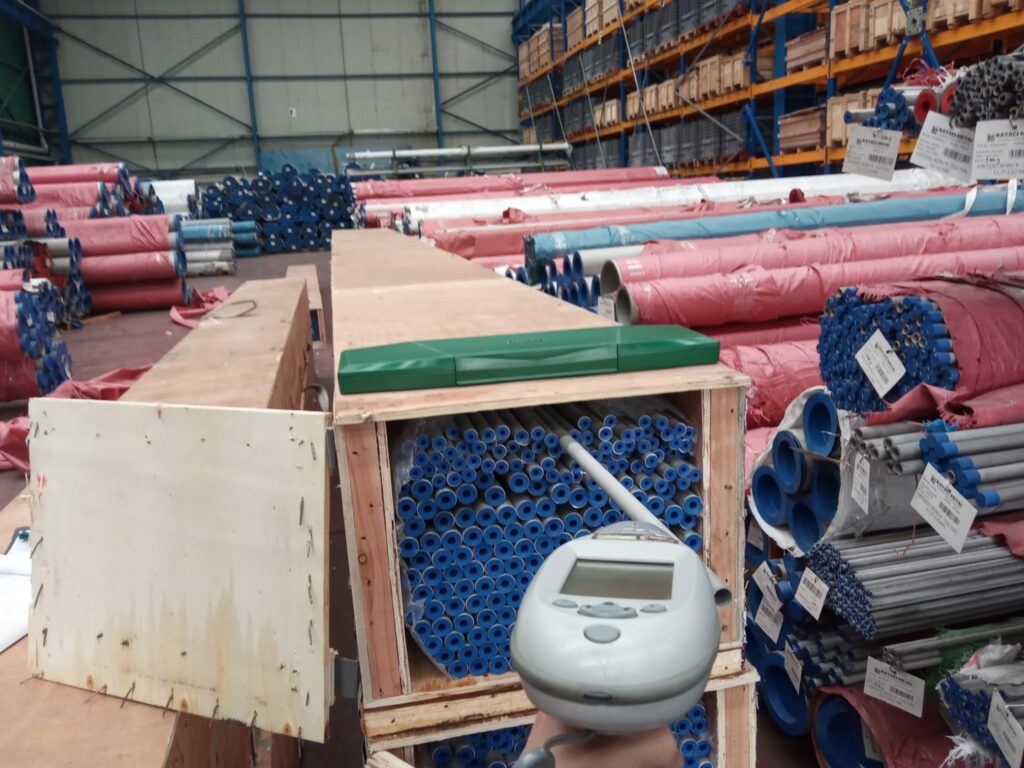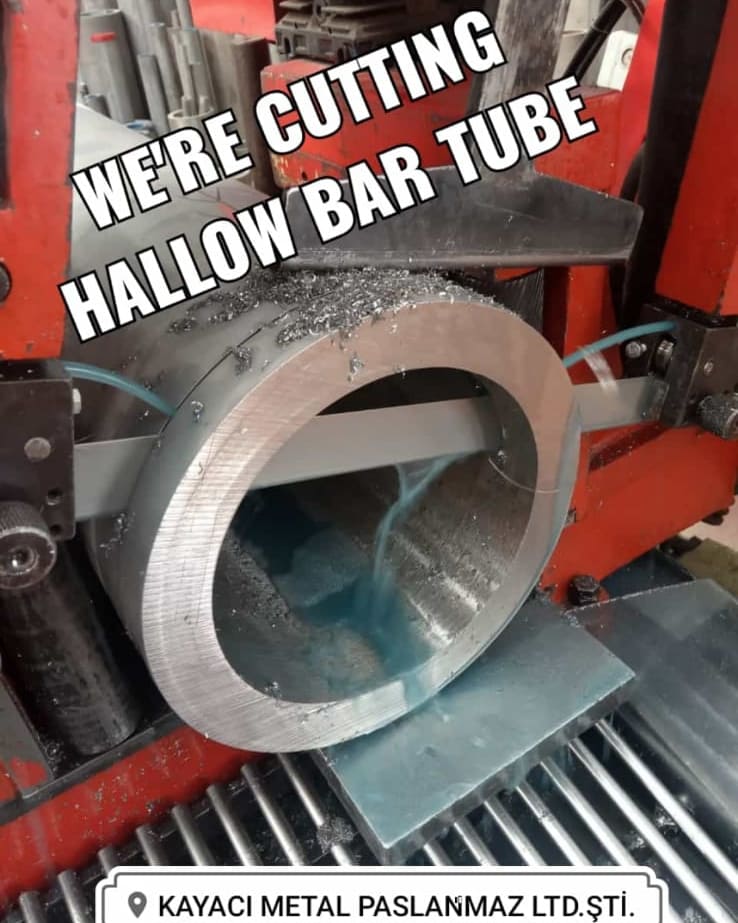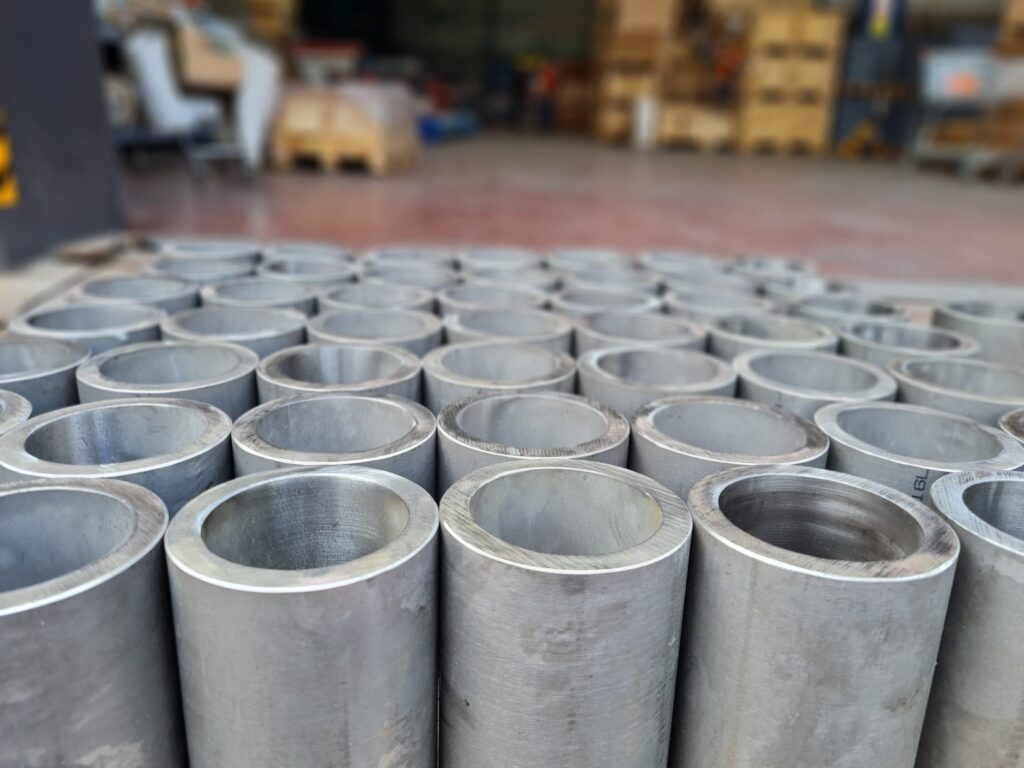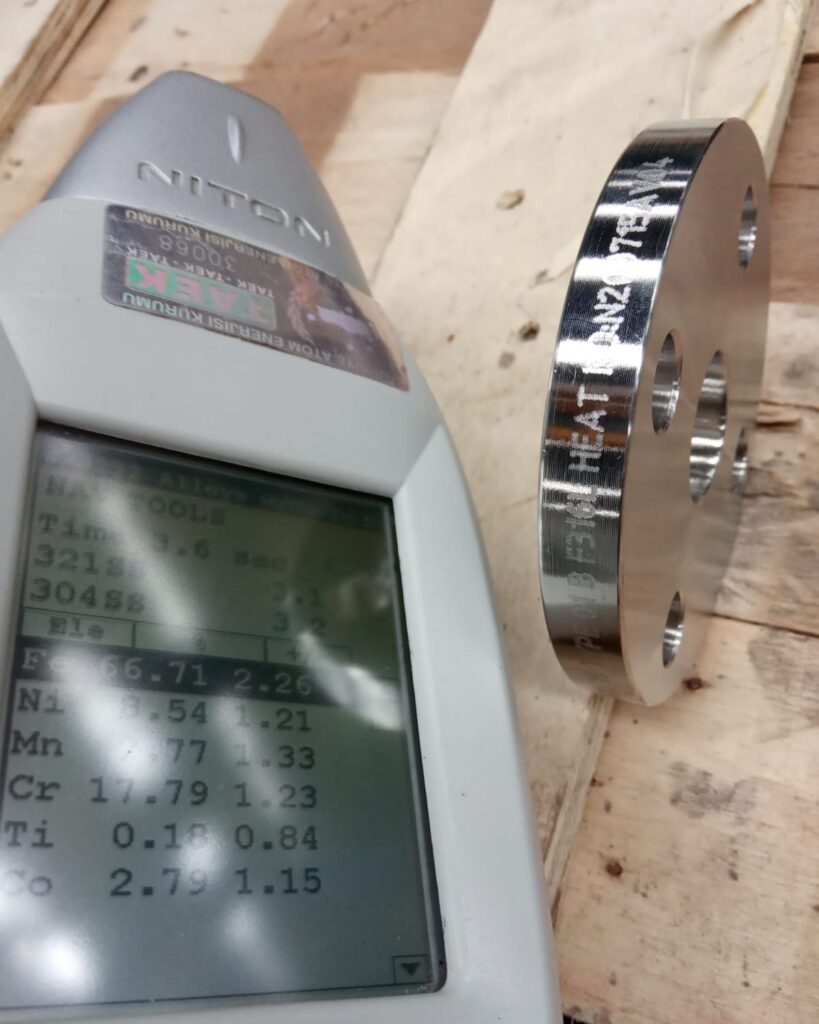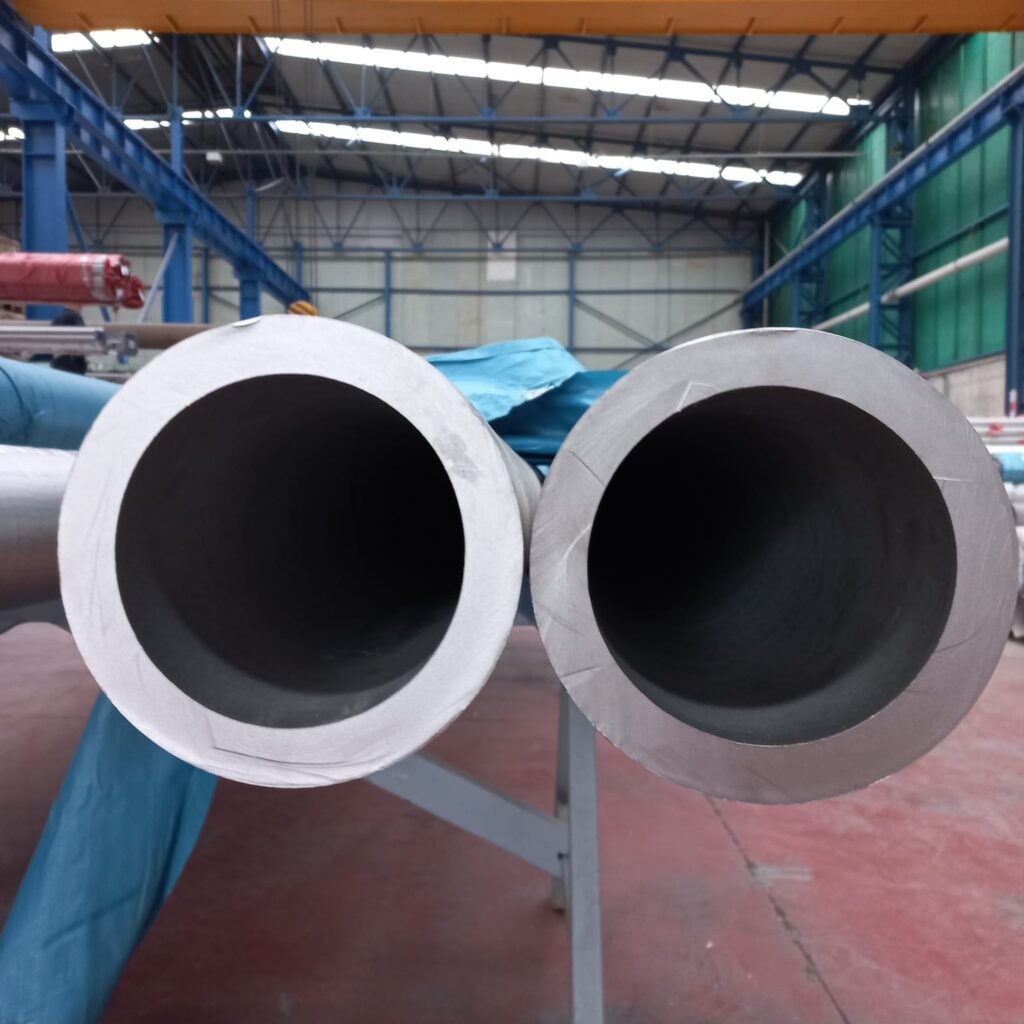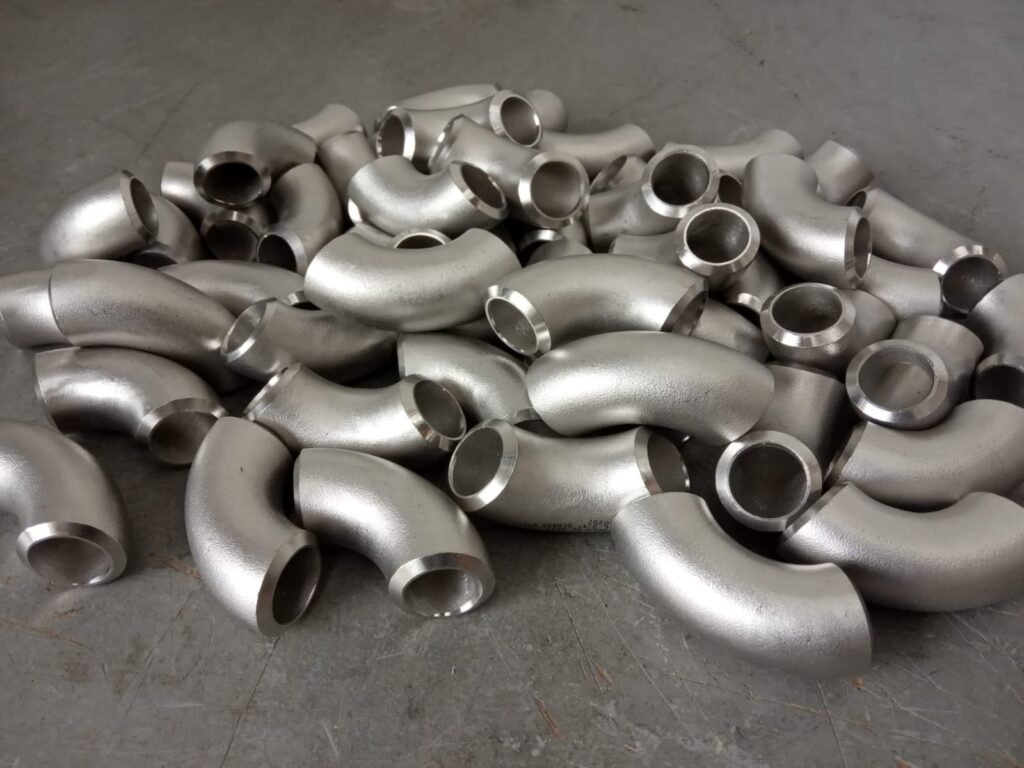Features and Usage Areas of Stainless Steel Seamless Pipes
Stainless steel seamless tubing is produced by rolling steel sheets or bars into a range of sizes and thicknesses through a special manufacturing process. These pipes are known for their durability and high resistance to corrosion and are used in a wide range of applications. Here are the features and common uses of stainless steel drawn pipes:
Features:
Rustability: The most distinctive feature of stainless steel seamless pipes is that they are resistant to rust. This ensures that the pipes have a long life and that they last for a long time without being affected by external factors.
Mechanical Properties: Stainless steel has high strength and hardness properties. Therefore, these pipes are resistant to high mechanical loads and pressure.
Corrosion Resistance: Stainless steel shows high resistance to corrosion caused by external factors such as temperature, humidity and chemicals. Therefore, it is preferred in industrial environments and underwater applications.
Aesthetic Appearance: Stainless steel has a modern and stylish appearance. This feature contributes to its preference in architectural applications and interior decoration.
Heat Resistance: Stainless steel seamless pipes retain their shape and durability properties even in high temperature environments. Therefore, they are preferred in high temperature applications.
Usage areas:
Industrial Pipelines: Stainless steel seamless pipes are used in industrial pipelines such as chemical plants, oil and gas industry, power plants. Thanks to their corrosion resistance, they reliably provide liquid and gas flow.
Mechanical and Automotive Applications: Stainless steel seamless pipes are preferred in mechanical applications such as exhaust systems, chassis parts and suspension elements in the automotive industry.
Food and Beverage Industry: Stainless steel seamless tubing is used in food processing plants, beverage industry and sanitary installations where hygienic and corrosion resistance are required.
Marine and Aviation: Seawater and harsh weather resistant properties make stainless steel seamless tubing the widely preferred material in the marine and aerospace industries.
Architecture and Decoration: Stainless steel seamless pipes are used in modern architectural structures and interior decoration, providing an aesthetic appearance and longevity. As a result, stainless steel seamless tubing is the material of choice in a variety of applications due to its excellent corrosion resistance and mechanical properties. It is used in a wide range from industrial pipelines to mechanical applications, from food processing plants to architectural construction projects. Its strong and durable structure makes stainless steel seamless pipes indispensable in many sectors.
Kayacı Metal is an importer of Seamless Stainless Steel Pipe. We have seamless stainless steel pipes in ASTM A312 and ASTM A269 norms in our stocks. We are competitive and strong in AISI304/304L and AISI316/316L quality classes. With our stock of more than 1000 tons, we provide a quick response to the demands of our valued business partners. We share with you everything about the product with the 3.1 manufacturer’s certificate. You can reach us online from our website ( kayacimetal.com ) and [email protected]. Also you can visit our online stainless steel market paslanmazburada.com
